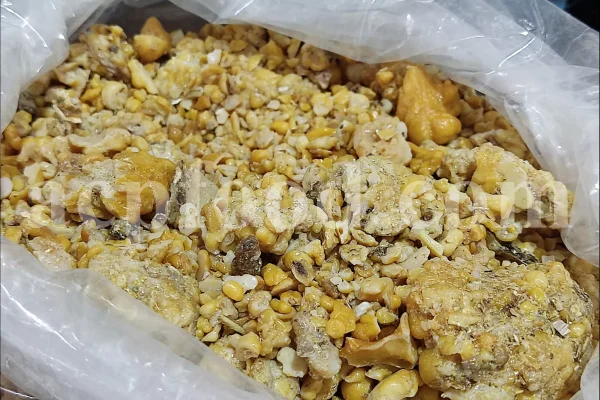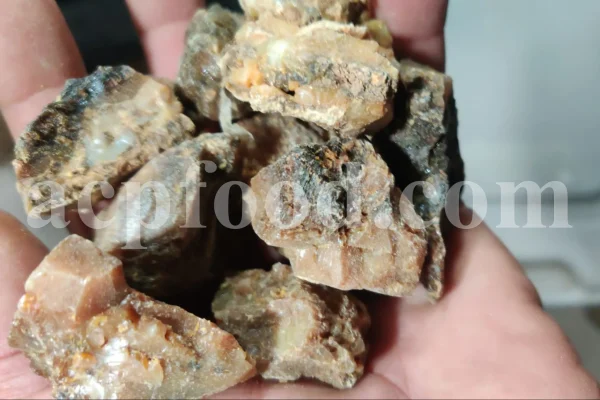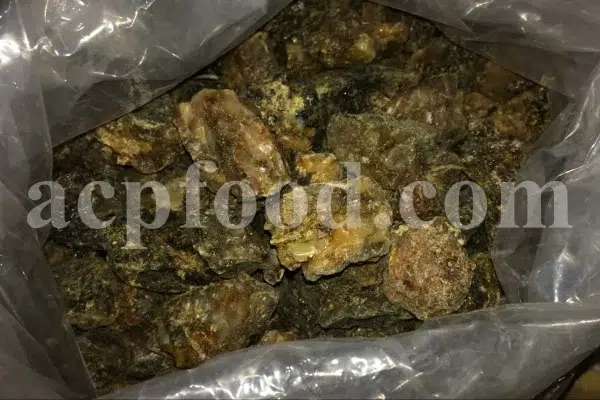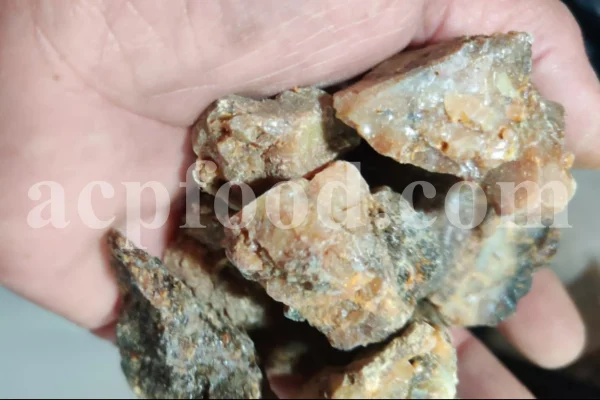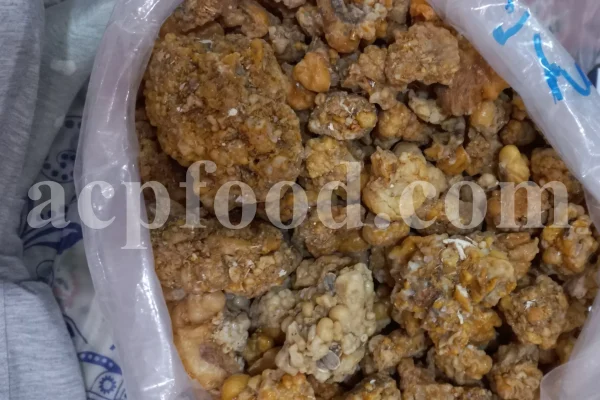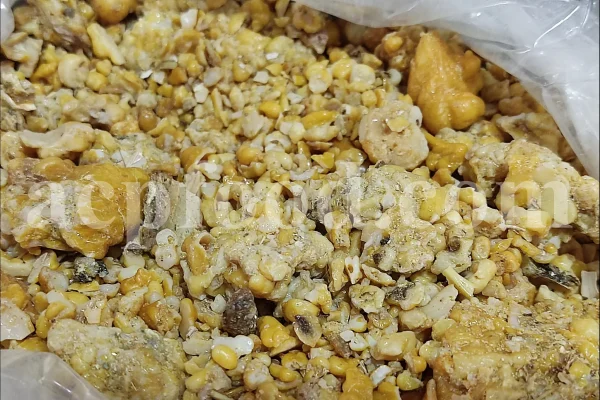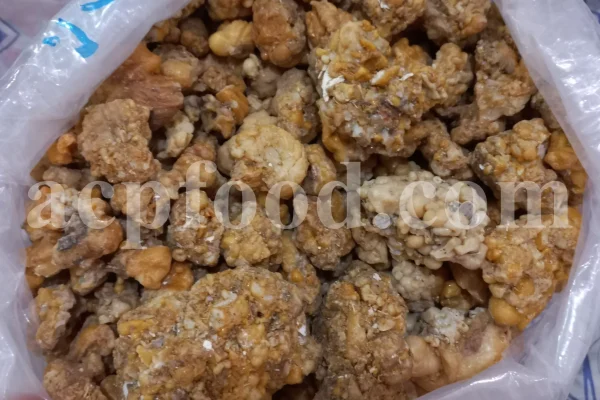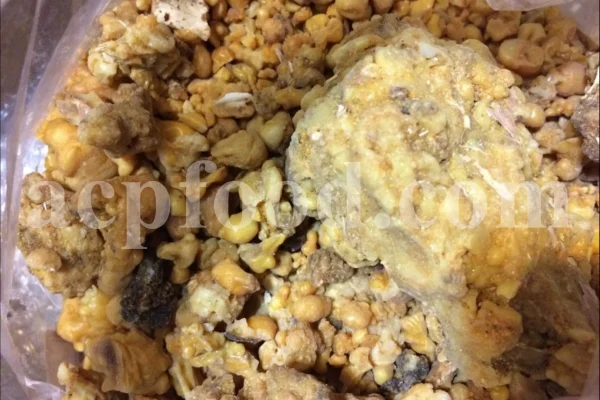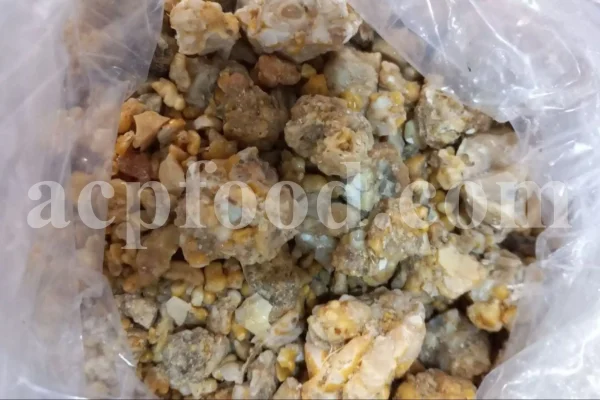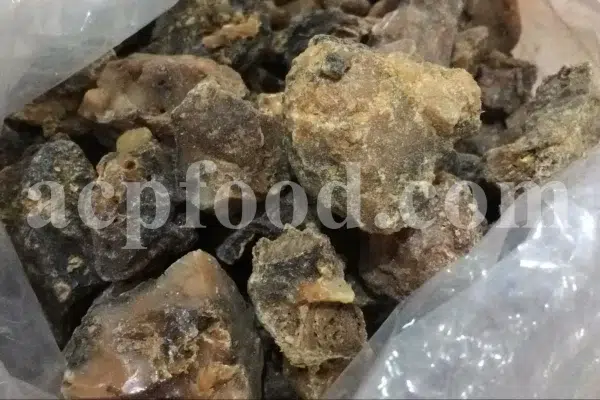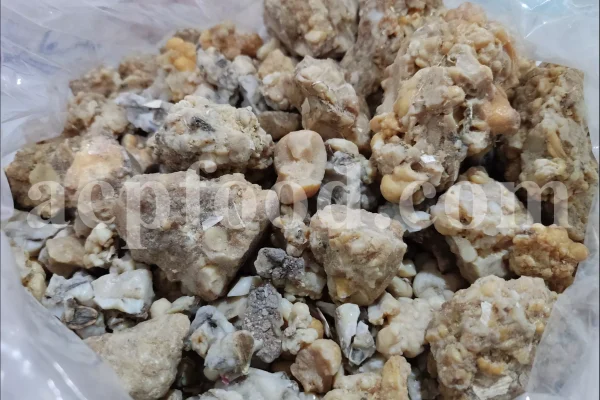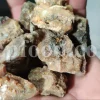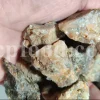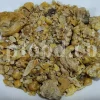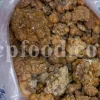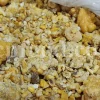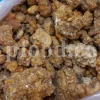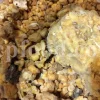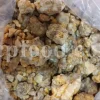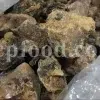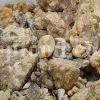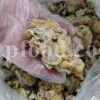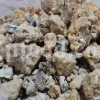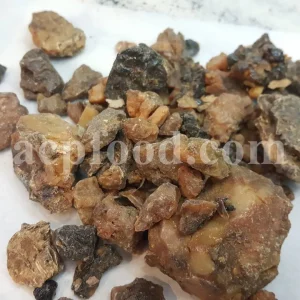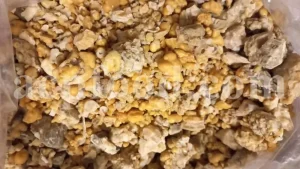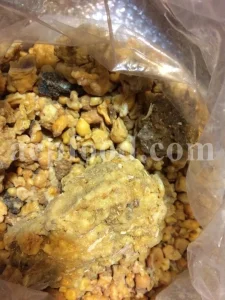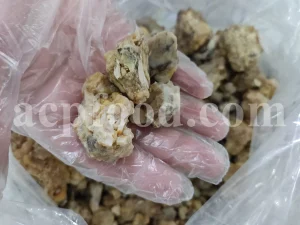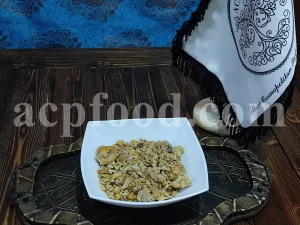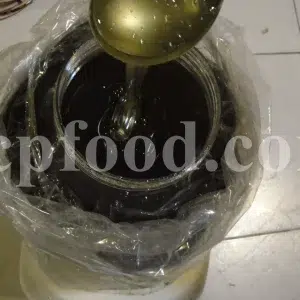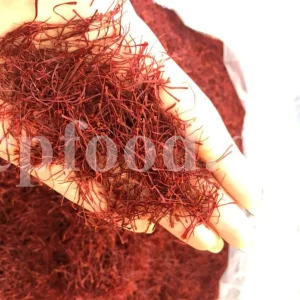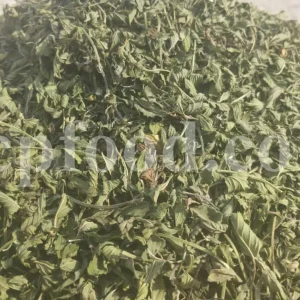GENERAL DATA
Plant parts: Resin
Cultivation mode: Wild collection
In manufacturing: Pharmaceutical, Perfumery, Cosmetics, Fumigation, Aromatherapy.
In food: –
🌿 Industries That Use White Fasoukh (Ferula communis L.) Gum/Resin
White Fasoukh is a traditional resinous material obtained from the Ferula communis plant, a tall Mediterranean species in the Apiaceae family. It has been used for ritual, medicinal, aromatic, and apotropaic purposes since ancient times—especially in North Africa, the Middle East, and the Levant.
Although often confused with Black Fasoukh (from Picea orientalis) or other Ferula species like Ferula assa-foetida, White Fasoukh has a distinct history and chemistry.
1. Traditional & Folk Medicine
Used in ethnomedicinal systems of North Africa (notably Morocco, Algeria, Tunisia) for its purifying, anti-parasitic, and antispasmodic properties.
Applications:
-
Used in fumigations or teas to relieve intestinal parasites or cramps
-
Crushed and diluted in traditional female health tonics
-
Occasionally applied externally as a plaster or compress for joint pain
✅ Known for milder action compared to other Ferula gums like Asafoetida.
2. Spiritual & Ritual Use (Maghrebi Folk Practices)
White Fasoukh plays a significant role in folk magic, spiritual cleansing, and protective rites in the Maghreb and Middle Eastern traditions.
Applications:
-
Burned as incense to ward off envy, evil eye, or curses
-
Dissolved in water or rosewater for ritual baths
-
Used in amulets or spiritual bundles (alongside Myrrh, Frankincense, Rue)
-
Often paired with Black Fasoukh in dual polarity rituals (white = cleansing, black = removal)
✅ Revered as a “neutralizer” and spiritual purifier in many cultures.
3. Incense & Aromatic Industry
Though not as commercially prevalent as Frankincense or Myrrh, it is used in artisan incense blends.
Applications:
-
Used in cleansing incense sticks and loose blends
-
Ground resin mixed with Benzoin, Storax, or Sandalwood
-
Sometimes added to meditative or ritual incense kits
✅ Characterized by a slightly musky, earthy scent when burned.
4. Ethnic, Spiritual & Esoteric Markets
Exported in small artisan batches, mostly for religious shops, herbalists, or folk medicine practitioners.
Common Forms:
-
Natural resin lumps or crystals
-
Ground powder or resin chips
-
Sometimes dissolved in tincture or oils for specific rituals
✅ Frequently sourced from Morocco, Algeria, Iran, and the Levant.
5. Academic & Botanical Research
Ferula communis and its resin are studied for their chemistry and potential toxicity, as some variants may contain ferulenol, a compound with anticoagulant and cytotoxic properties.
Research Areas:
-
Study of differentiation between toxic and non-toxic chemotypes
-
Investigation into traditional medicinal uses and phytochemistry
-
Evaluation of its anti-inflammatory, antimicrobial, and spasmolytic effects
✅ Botanists divide Ferula communis into toxic and non-toxic subtypes.
✅ Summary of Key Applications
| Industry | Common Uses |
|---|---|
| Traditional Medicine | Herbal teas, joint remedies, parasite relief |
| Folk Magic & Ritual | Cleansing incense, ritual baths, spiritual protection |
| Incense & Aromatics | Ritual fumigation, artisan incense blends |
| Ethnic & Esoteric Markets | Raw resin, spiritual sachets, Maghrebi rituals |
| Botanical Research | Chemotype studies, bioactive compounds, cultural pharmacology |
🌿 Key Features of White Fasoukh (Ferula communis L.)
-
✨ Gum-resin exudate from Ferula communis, a tall Mediterranean umbellifer
-
🔮 Used for spiritual protection, purification, and breaking harmful energies
-
🌿 Contains bioactives like coumarins, ferulenol, and resin acids
-
⚠️ Toxic chemotypes exist — traditional usage prefers non-toxic variants
-
🔥 Burned for earthy, neutralizing incense smoke in folk rituals
-
🧪 Subject of modern research into bioactivity and ethnobotany
🕯️ Comparison Table: White Fasoukh vs Black Fasoukh
| Feature | 🌿 White Fasoukh (Ferula communis L.) | 🌲 Black Fasoukh (Picea orientalis resin or similar conifer) |
|---|---|---|
| Color & Texture | Pale yellow to beige; resinous, sometimes powdery or crystallized | Deep brown to black; sticky, tar-like or hardened resin chunks |
| Plant Source | Ferula communis (Apiaceae family – Giant Fennel) | Picea orientalis (Pinaceae – Oriental Spruce or other dark conifers) |
| Botanical Family | Umbelliferae (Apiaceae) | Pinaceae |
| Geographic Origin | Mediterranean basin, North Africa (Morocco, Algeria, Tunisia) | Caucasus, Anatolia, Levant, Eastern Europe |
| Scent When Burned | Earthy, musky, mildly bitter | Sharp, smoky, strong tar-pine aroma |
| Spiritual Use (Maghrebi Tradition) | Used for cleansing, breaking minor curses, neutralizing space | Used for removal, banishment, and breaking severe spiritual harm |
| Symbolic Polarity | Light (Yin) – purification, calm, spiritual “white” energy | Dark (Yang) – extraction, breaking hexes, deep spiritual cleansing |
| Common Use in Rituals | Burned for space cleansing, blessings, harmony | Burned for ritual exorcism, unbinding, reversal work |
| Combines With | Rue (Ruta graveolens), frankincense, myrrh | Asafoetida, sulfur, black seeds, vinegar |
| Form in Market | Resin chunks, powder, occasionally oil or water blend | Sticky gum resin, dark clumps, loose powder |
| Availability | More common and affordable | Rarer and more ritual-specific |
| Toxicity Concerns | Some chemotypes of Ferula communis may be toxic internally | External use only; not used in internal herbalism |
| Other Uses | Sometimes used in teas or external plasters in folk medicine | Not used medicinally—strictly ritual or incense |
✅ Summary
| 🕯️ White Fasoukh | 🕯️ Black Fasoukh |
|---|---|
| Purifies energy, restores balance | Breaks curses, removes hexes and blockages |
| Milder, used more often | Potent, reserved for strong cleansing |
| Symbolic of light and neutral energy | Symbolic of shadow and transformation |
🧪 Comparison Table: White Fasoukh vs Galbanum vs Asafoetida vs Sagapenum vs Gum Ammoniac vs Sumbul Root Resin
| Feature | 🌿 White Fasoukh (Ferula communis) | 💎 Galbanum (Ferula gummosa) | 🔥 Asafoetida (Ferula assa-foetida) | 💧 Sagapenum (Ferula persica) | 🟤 Gum Ammoniac (Ferula ammoniacum) | 🟣 Sumbul Resin (Ferula moschata) |
|---|---|---|---|---|---|---|
| Color & Texture | Pale yellow, dry or powdery | Greenish-yellow, soft or brittle | Brown, sticky or solidified | Yellow to amber, soft gum | Brownish, resinous mass | Pale brown to amber, dry or semi-resinous |
| Main Aroma | Earthy, mild musk | Green-piney, balsamic | Strong sulfurous, garlicky | Bitter-sharp, slightly resinous | Ammoniacal, slightly bitter | Musky, sweet-woody (reminiscent of valerian) |
| Plant Region | North Africa, Mediterranean | Iran, Caucasus | Iran, Afghanistan, India | Iran (Khorasan, Yazd, Isfahan) | Iran (Central, Semnan) | Iran (Alborz & Central Mountains) |
| Botanical Use | Ritual cleansing, mild medicinal | Antispasmodic, wound healing | Carminative, digestive, spice | Historic medicinal resin | Expectorant, antispasmodic | Nervous system tonic, sedative, incense |
| Spiritual Use | Neutralizing evil eye, Maghrebi rituals | Sacred incense, spiritual blends | Exorcism, unbinding rituals (some sects) | Rare, sometimes in historical incense | Rarely spiritual | Sufi and Islamic incense rituals |
| Traditional Medicine | Parasite relief, joint plaster | Muscle relaxant, respiratory aid | Gas, bloating, indigestion | Ancient uses as cathartic/resin | Cough, bronchitis, poultices | Anti-anxiety, aphrodisiac, mild sedative |
| Phytochemicals | Ferulenol, coumarins | Galbanol, resin acids | Sulfur compounds, ferulic acid esters | Resin acids, volatile oils | Ammoniacum acids, sesquiterpenes | Sumbulol, valerian-like terpenoids, resins |
| Aroma in Incense | Neutral, mild musk | Bright, green, uplifting | Heavy, pungent, sulfurous | Bitter-earthy | Mild, medicinal | Calming, musky, resinous |
| Internal Use | Limited (chemotype risk) | Historically used | Common as spice and medicine | Rarely used today | Herbal expectorant and plaster | Used as tincture, extract, incense |
| Availability | Moderate (ritual stores) | Niche perfumery & incense markets | Widely available as “hing” | Very rare today | Rare but still available | Rare, used by herbalists and perfumers |
✅ Summary by Use
| Resin | Primary Uses | Signature Trait |
|---|---|---|
| White Fasoukh | Maghrebi cleansing, spiritual purification | Neutralizing, gentle ritual cleanser |
| Galbanum | Aromatherapy, perfumery, wound care | Green, balsamic, sacred resin |
| Asafoetida | Digestive spice, bloating, ritual smoke | Potent sulfuric aroma and pungency |
| Sagapenum | Historical incense, bitter resin, rare in modern use | Ancient resin with sharp spiritual presence |
| Gum Ammoniac | Respiratory remedies, cough, topical salves | Soothing, anti-inflammatory external agent |
| Sumbul Resin | Nervous tonic, spiritual incense, aphrodisiac | Musky, calming, linked to spiritual ecstasy |
HARVEST CALENDAR
Feb
Mar
Apr
May
Jun
Jul
Aug
Sep
Oct
Nov
Dec
To order White Fasoukh gum, please contact us.
About Ferula Communis
Ferula communis is a bush-like and perennial plant. Its stems are narrow and covered with fine, cotton-colored threads, and its height is about 2 meters. The root of the plant is straight, thick and cone-shaped. The leaves of the plant are relatively wide and long and have petioles. Its flowers are small, white and without peduncles, and its fruit is oval and brown in color and are double.
Inside the leaves and roots of this plant, there is a milky color sap, which is scratched and secreted due to the interference of natural and human factors or by animals and insects. This resin is called White Fasoukh, which after being in the air, becomes teardrops and hardens. White Fasoukh resin color ranges from milky white to cinnamon brown. This gum has a bitter taste and an aromatic smell.
White Fasoukh Temperament
Hot and dry.
White Fasoukh improves joint and bone pain, gout, arthritis, and rheumatoid arthritis. Relieves digestive diseases, improving stomach gas, and reducing stomach bloating.
Kills stomach worms. Libido enhancer.
White Fasoukh Side Effects
Pregnant and breastfeeding mothers. If more than the standard dose is used, it causes the opening of blood vessels and may disturb the balance of blood flow and cause blood in the urine.
White Fasoukh Dose
2 to 5 grams.
To order Giant Fennel plant resin, please contact us.

